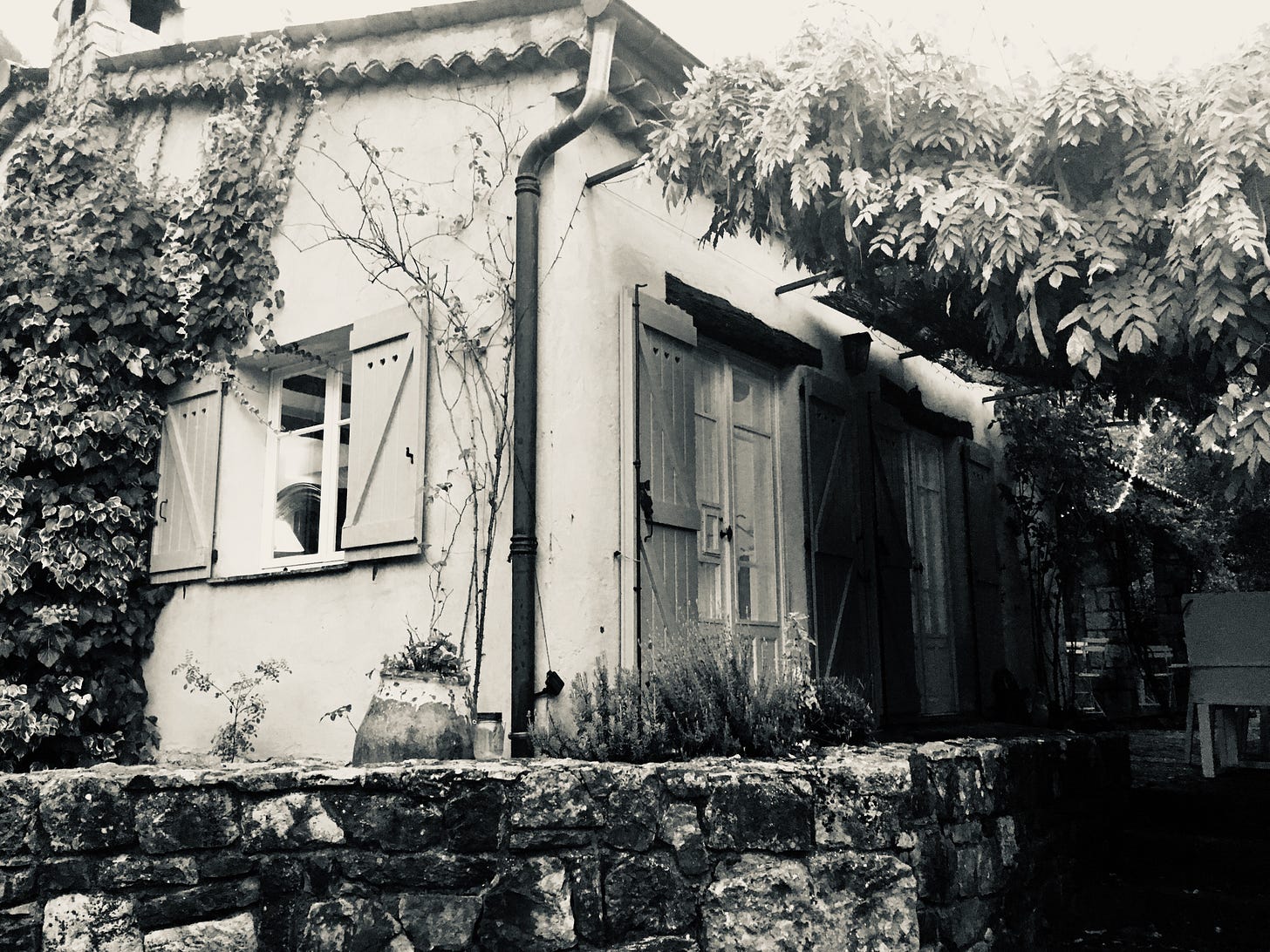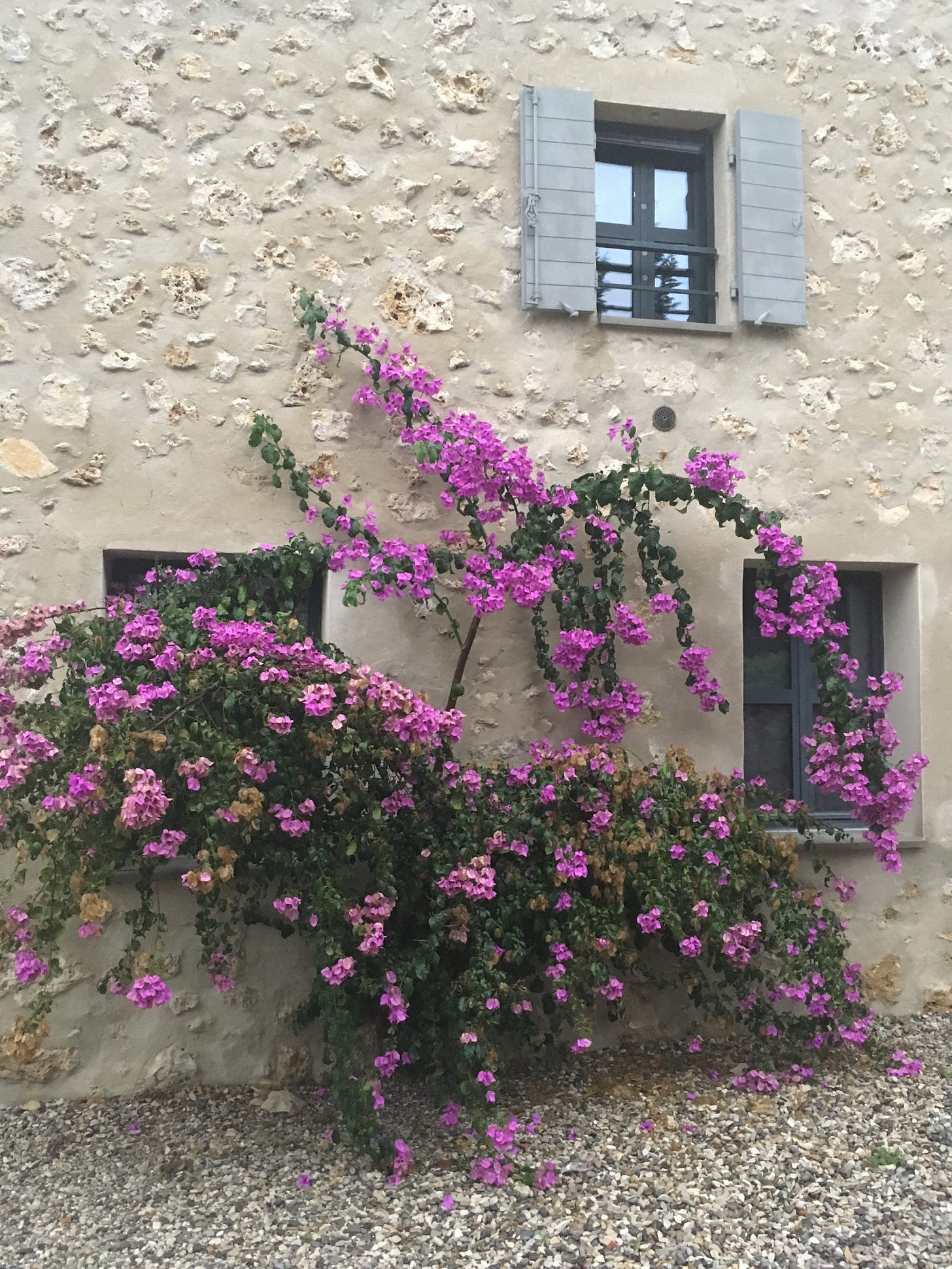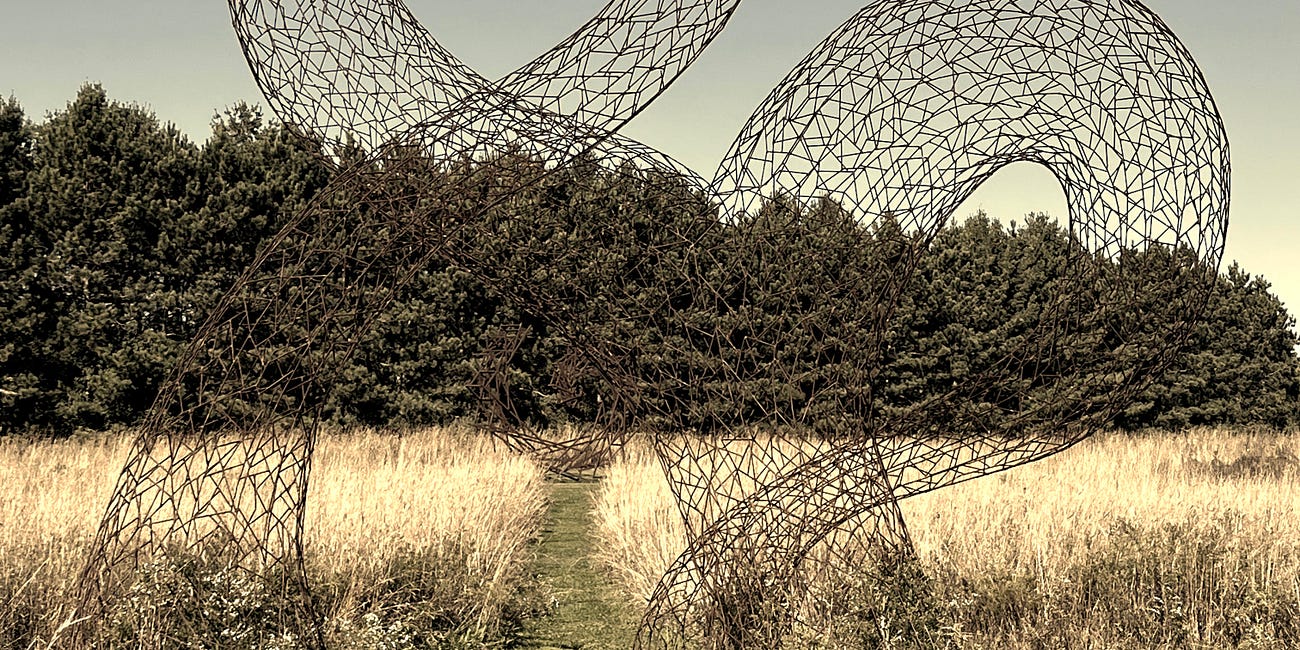The Front Porch - where the mind, mood, and vibes change
Not to be overlooked, an energetic, psychological, and aesthetic zone of transition
Giving vibes to a wilder side
Ah, the front porch…where private life flows outside, down the steps (if there are any), and easily out into the street. It’s front facing, community driven, with a willingness and curiosity to watch and be seen. In most instances the porch is a requirement, a space of transition delineating the street from the home, the public exterior from the private interior. It ensures folks can receive a good dose of fresh air, and where historically, those with serious lung conditions, found reprieve. Crisp, clear, high-altitude dryness was and still is considered medicinal.
The porch continues to serve as a therapeutic transition zone between the greater world and our most intimate spaces. It is the room without walls. A space to view the goings on of life. An anti-chamber for the living rooms within or the even wider world beyond. For the home these spaces are functional, yet in service to something far more precious.
So, how do we take care of this interesting extension of space and how does it take care of us? Well it’s of no coincidence that the porch, patio, or steps leading up to it are an extremely important architectural element. Its aesthetic and design shouldn’t be an afterthought. Rather it’s an essential part of balancing the tranquility of one’s private space with what A Pattern Language refers to as ‘street behavior’. In order for there to be a physical, even mental transition, a space, in which movement itself can swirl and flow, is necessary. An iconic reference for architecture and planning, and as the name aptly implies, one which presents a dynamic vernacular, A Pattern Language expands upon this element of contrast: the point of entry and exit.
...what matters most is that the transition exists, as an actual physical space, between the outside and the inside, and the view, and sounds, and light, and surface which you walk on change as you pass through this place. It is the physical changes—and above all the change of view—which creates the psychological transition in your mind.*
A porch can interleave the structure to the plot upon which it’s settled. This ambiguous boundary can be a gravel path, a covered terrace, a patio, a deep overhang, a pergola, a screened in lanai, or the quintessential stoop. Even a mud room has a similar purpose. It doesn’t have to be grandiose. It’s not the scale so much as how you can change the vibe, set the tone, down shift, or alter the intent based on the actualization of design. So whether it’s a covered area or an extension of the building’s roof line, what you are in fact creating is a languid, more tranquil way in which to arrive or depart. The porch captures as well as honors the very identity and paradox of inside and outside. Both of which have palpable, dynamic, and influential energetics that shape and affect life.
I agree that the space can look and feel simple. I, like the authors, am equally baffled as to why this transition zone is often overlooked. Not only because there is ample opportunity to creatively ensure and enhance the space, but that it’s psychologically necessary. Our senses recognize and long for it.
Not only do these transitional zones integrate the home and landscape into some kind of cohesive conversation (stylistically, energetically, and visually), they also create a place and time to change one’s view and mind. When coming in from outside, you may notice that you slow down or soften. Maybe something even psychological happens. The opposite can happen upon leaving. Physically and energetically, while moving through this in between landscape, you begin to prepare for what is in store. You move away from the sphere of privacy and into the shared sphere of society.
What you are in fact creating is a languid, more tranquil way in which to arrive or depart.
When there is space and land available it’s nice to incorporate textural landscaping into the transition. However, when it’s not, there’s still a way. For example, one of my dearest friends lives in a street level flat in The Netherlands—Amsterdam specifically. Even though the sidewalk is pretty much their front stoop they’ve created a zone of transition, albeit a narrow one. There is a stone step up, a small bed for flowers that borders the front windows, and flower pots flanking the entry. It’s a gesture, a sweet and beautiful vignette. And a powerful one. There’s an intention and invitation for the mind to change slightly upon arrival and then again at departure.
I personally am quite fond of a wild border. One where the home is connected to the earth as well as its inhabitants through plants, plants in pots, sculptural art, a seat, wind chimes, a light for dark nights, and a winding path, even if short. There’s something nice about having the path curve instead of approaching it directly. It allows time for and facilitates a shift in perspective as well as mood.
Here, particularly in the neighborhood where I live, the garden serves as an additional layer of transition. The front porch is key, and I love it, yet the garden has a way of extending its range—softening and blurring the periphery into one that is alive. One can mimic this on a smaller scale with a container garden, an intimate swath of herbs or wild flowers, climbing roses or some other sort of creepy climber: rose, jasmine, akebia, grape, or wisteria to not only frame the space but provide alternatives to catch our attention. Have some things for the eyes to enjoy and the nose to smell. Therein you create a zone for transitioning that is seasonally responsive, but also one where the inhabitants, the community outside, and the landscape itself connect.
I don’t think people were meant to withstand long periods of time indoors. It’s not in our nature. What is, is to seek shelter. And then to tend that place so that we may gather and rest.
As I approach the door
Like I said, I love a little path that leads up to a small alcove. Particularly if it’s slightly sheltered. I can watch a storm move in or the sun set. At this moment I am sitting at a small table on the front porch taking advantage of the time of day while it’s still shady and cool. In the late afternoon this spot gets roasted by the setting sun. The climbing roses just beyond the slump stone gives a little privacy from the street.
Furnished with a hodge-podge of flea market finds, it has grown to become one of my favorite outdoor rooms. There’s a lot of potential in overall décor but its main purpose is fulfilled. I’m able to be inside and outside at the same time. And though it takes no more than three steps to move up the concrete step and unlock my front door, my energy, mood, and feelings shift. It’s subtle, but the older I get, that seems to be where I inevitably find the sweetness.
How do you gracefully and thoughtfully integrate these two worlds? How can you use the spaces in between to support transitions and transformations?
Yours, Erin
In a similar vein
Discovering ‘places to be’
Some of the most robust and resilient plants in the garden are the ones that find their own place. The seed settles in, th…
How we can work to together
— Contribute to The Center Piece The simplest and most direct way to support and connect, is to directly fund this publication, either monthly or annually.
— Editorial Direction—I have 2 spots open. Offering stability in changeable times, supportive action if stuck, or sounding board receptivity for larger projects and ideas. For those in the fields of food, art + design, horticulture, and holistic wellness.
Ongoing monthly services or one-time 70 min. or half day creative jam sessions.
Editorial Direction / 70 minute session / Half Day session
— Gardens Consulting—I have 2 spots open. These are fun and can range anywhere from creating a budget, selecting a well-thought plant list for your specific lifestyle and area, mapping a design plan with illustrations, or answering specific questions to make your garden a reality. Over twenty years experience and counting.
*Christopher Alexander, Sara Ishikawa, and Murray Silverstein, A Pattern Language: Towns, Buildings, Construction. (New York: Oxford University Press, 1977), 552







